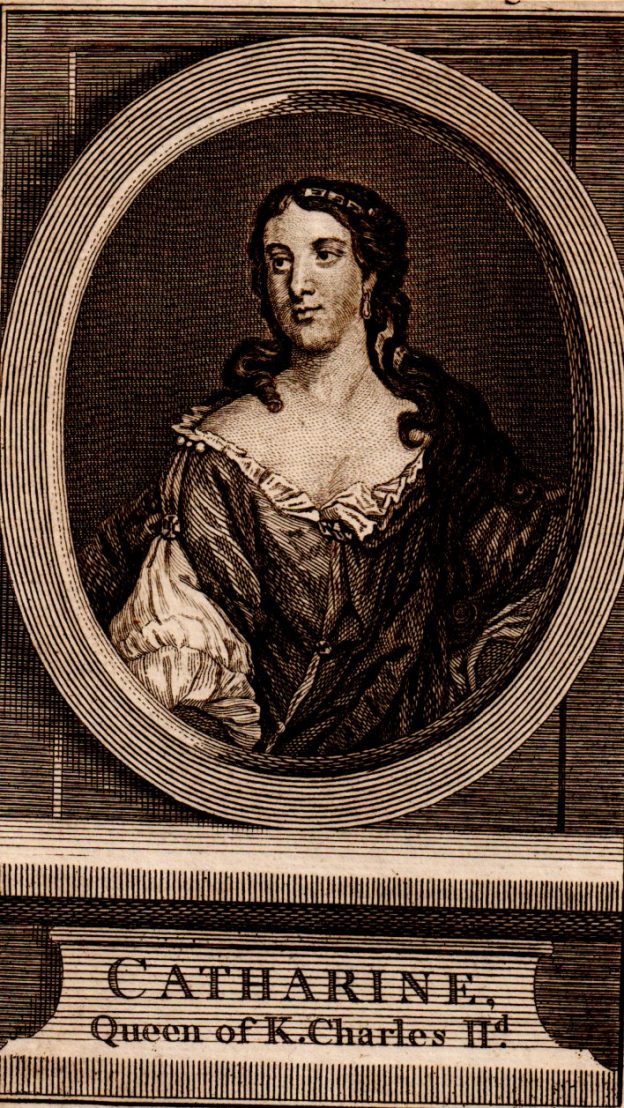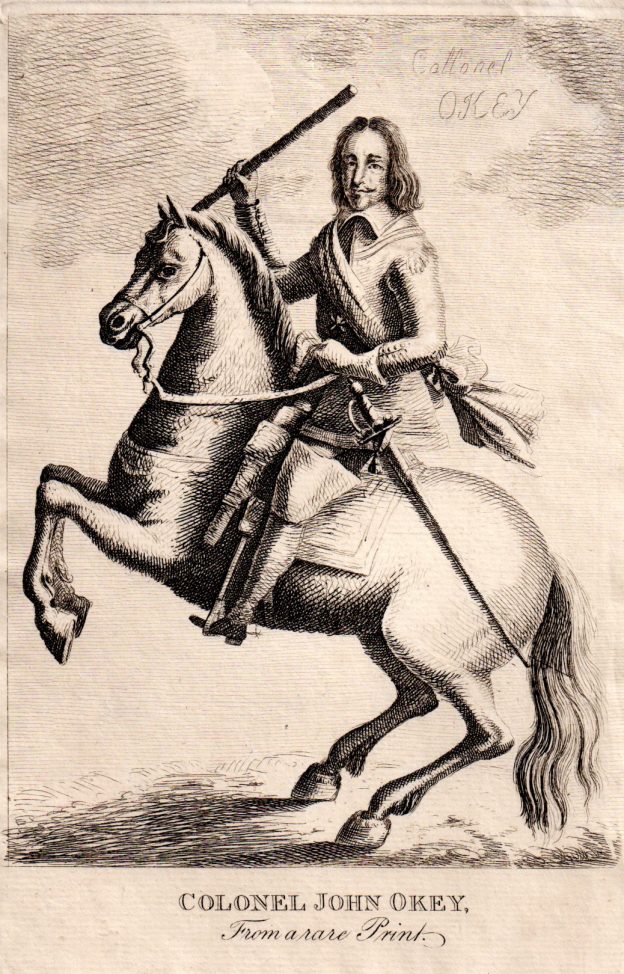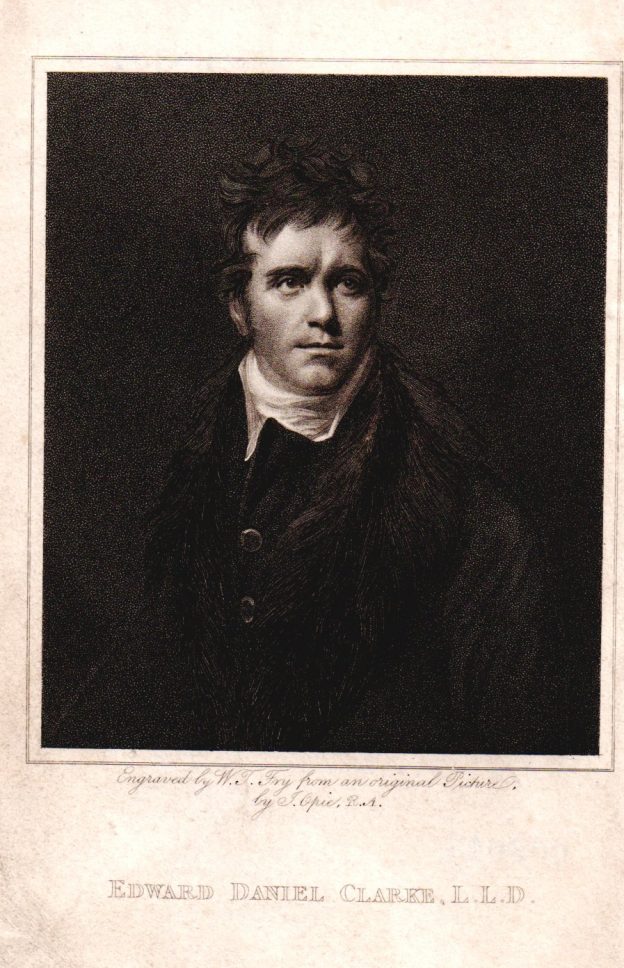Butler was a writer whose poem, Hudibras, published in three parts (1662, 1663 and 1678), was an immediate success. Based on his experiences in the households of the Puritan gentry, it is an envenomed satirical attack on Puritanism, written in cantering octosyllabics, full of puns and outrageous rhymes. Charles II enjoyed it, and for a century it was a bestseller.
Artist: Sir Peter Lely
Size 16 x 9 cms
Price £10.00
Ref:3057










